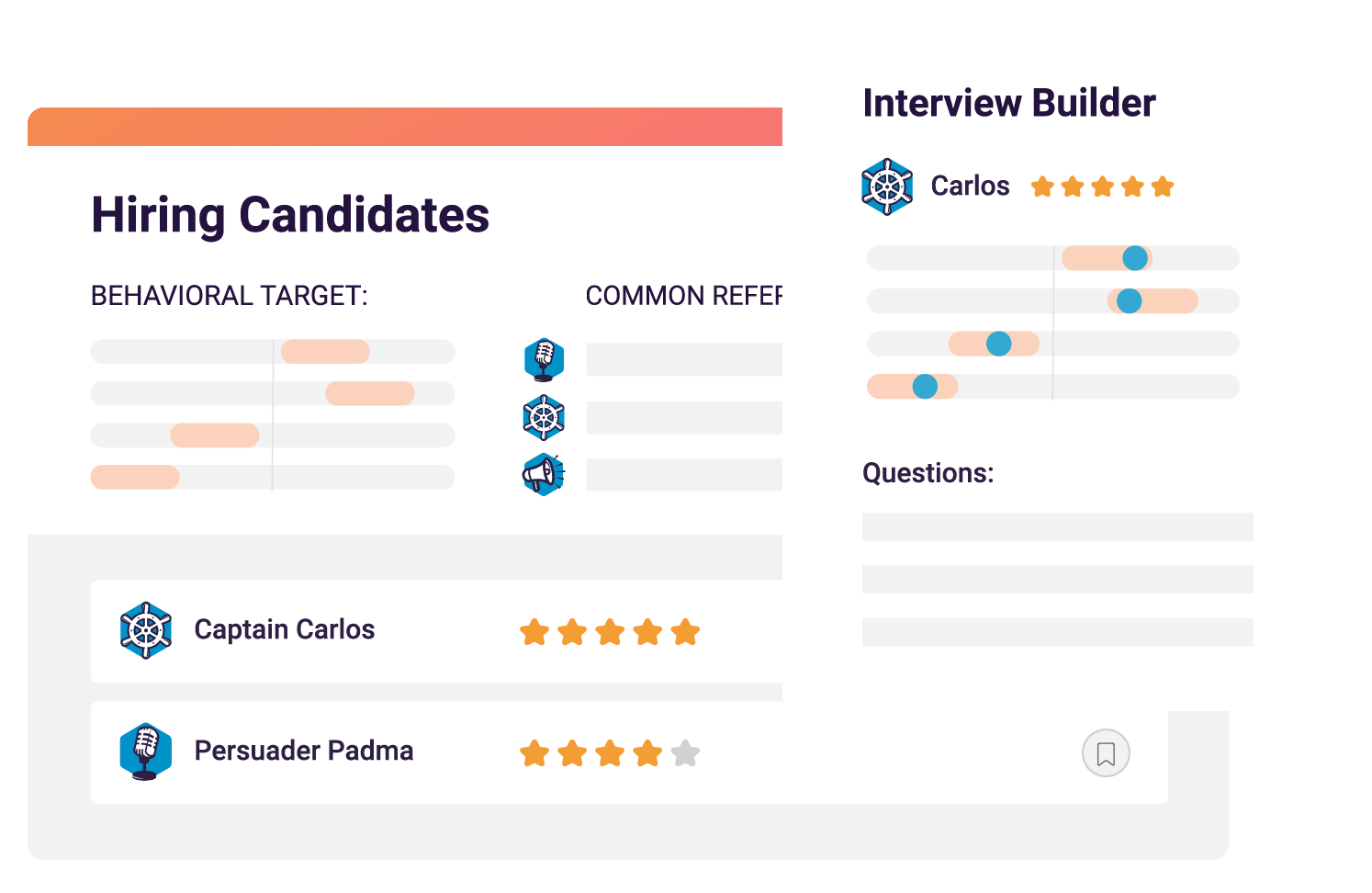Every manager has faced it: that moment when you realize someone on your team just isn’t a good fit.
It’s not always something that screams “fireable offense.” Sometimes, it’s just a poor fit for the role, team, or culture. Regardless of the reason, letting someone go is hard. So hard, in fact, a recent survey showed 15% of CEOs said their biggest weakness was letting go of underperformers.
Yet letting go of underperformers is a critical aspect of good leadership. A survey by Eagle Hill found that 68% of employees say low performers lower overall workplace morale—which can ultimately lead to employee disengagement.
When to let someone go
How do you know when it’s time to let someone go? This is often the hardest question for a leader to consider. Termination can be a difficult and emotional decision.
Before firing an employee, consider the following:
Can they move to another position?
If the employee is not working out because they aren’t the right fit for the role or the team, consider if they’d be better suited to a role on a different team. (Using a tool like the PI Behavioral Assessment™ or Team Work Styles can simplify this process.)
Whenever possible, seek to relocate someone within your organization. This not only improves the employee experience, but also saves your company money and time spent looking for a new hire.
Is there cause for immediate removal?
Of course, there are times when removing an employee from your organization is the only right decision to make. This includes infractions such as:
- Threats of violence
- Profanity towards a customer or co-worker
- Neglecting safety measures that put self and others at risk
- Stealing
In these cases, your decision might be to let someone go sooner rather than later.
How to let someone go
If you’ve made the decision to let someone go due to cultural or behavioral misalignment or unaddressed performance issues, and you weren’t able to find them a position in another department, there is a way to let an employee go that benefits both parties: coach them out.
A coaching-out conversation helps the employee realize they’re not a great fit for the role and supports them in a smooth transition plan.
Coaching out is often a healthier alternative to straight termination. It allows the employee time to find another opportunity, the company to find and train a replacement, and mitigates any bad feelings.
Here’s what this looks like:
Have a conversation with the employee about role misalignment.
Your first step is to have an open and honest conversation with the employee about the situation. If you’ve set clear cultural and performance expectations, they should be aware that they’re not living up to what’s expected of them. (If they didn’t see it coming, make sure you’re setting and communicating clear expectations).
Here’s an example of what this conversation might look like:
“Bill, you’re incredible at [something they’re great at], but [describe the problem: behavioral misfit or poor performance]. This [describe the impact on the team or organization]. I know you’re a great person, but I just don’t think this is the right position/company for you.”
Most will accept that they’re not a good fit. No one likes working in a role where they don’t feel valued or appreciated.
Establish an exit plan.
Once you’ve both agreed that separating is the best decision, determine a timeline for their exit from the organization. Include ample time for them to search for and secure a new job, as well as to find and train someone to fill the open position.
Some organizations retain these employees on a full-time basis, continuing to pay salary and requiring that they maintain their work responsibilities until their exit date. Other organizations choose to reduce the employee’s status to part-time, allowing the employee to spend more time job hunting and interviewing. Determine with the employee which option would work best for your situation and what expectations you have for the employee as they finish out their transition.
Support them in finding their next opportunity.
Once your employee accepts the need to move on, support them. You hired this person for a reason, presumably because they’re smart and have redeemable qualities about them. Just because they weren’t a good fit for your organization doesn’t mean they won’t be a great fit at another company.
Help them clean up their resume and find new opportunities. Support them with flexible work hours so they can go to interviews. When they find a new position, allow them to announce their own transition.
While this approach may cost your organization more in the short term, it can do wonders for your employer brand, the employee experience, and overall morale. When employees know the extent of your support of them—including helping them to find new opportunities at another company—it’s easier for them to put their trust in your leadership and be loyal to the company.
Join 10,000 companies solving the most complex people problems with PI.
Hire the right people, inspire their best work, design dream teams, and sustain engagement for the long haul.








